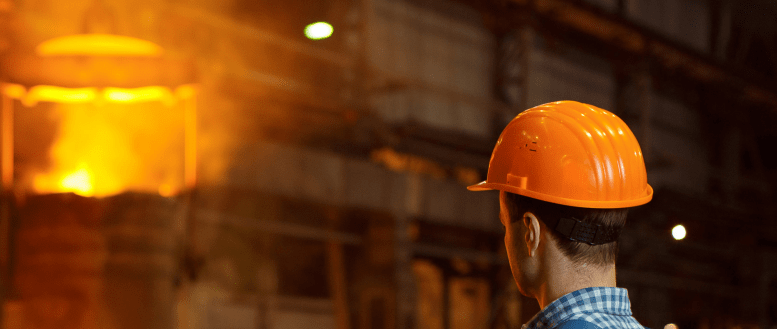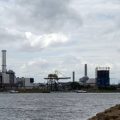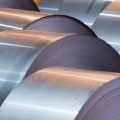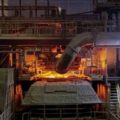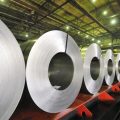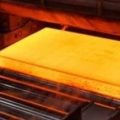Decarbonising the steel industry from green hydrogen
According to the Sustainable Development Goals, emissions from the steel industry are to be reduced by 90% by 2070.
To achieve this, alternatives to coal are being sought, so the steel industry is already working on making green steel from hydrogen and renewable energy… an alternative that raises production costs quite a bit. Almost all steel produced today is made from iron oxide and met coal. This coal is exposed in ovens at very high temperatures to remove water and other chemicals. The result is a source of pure carbon called coke which is used to make steel. What many wonder is whether renewable energy could work instead.
Andrew Forrest, president of Fortescue Metals, says yes, and has recently testified about the possibility (and willingness) of making carbon-free steel. This is causing a lot of noise in the coal industry, but especially in coal-rich Australia. According to Forbes reporter Ken Silverstein, who delves into this possibility in his article, We Could Be Making Steel From Green Hydrogen, Using Less Coal, Forrest wants to start a demonstration project this year to make steel using green hydrogen as an energy source instead of burning met coal.
But already a Swedish company has been running tests in search of a more environmentally friendly, fossil-free steel. SSAB has set a goal, Silverstein says, to replace met coal “with renewable energy electricity and hydrogen and to have a fossil-free steelmaking process by 2035”. It is not an easy or cost-free task. According to the International Energy Agency, by 2050, “steel produced from green hydrogen will total less than 10%”. And the cost as an energy source would add 20-30% more to the cost of steel production in the early years.
Although, as Silverston explains in Forbes, that could change. “The good news is that the cost of producing green hydrogen is falling: wind and solar prices are falling while electrolysers are better and cheaper. Within two decades, it could be competitive.”
This conclusion is based on a McKinsey report: “Rising carbon dioxide prices and falling hydrogen prices are crucial to ensure the economic viability (on a cash-cost basis) of pure hydrogen steel production (…) Following this logic, pure hydrogen steel production is expected to be cash-cost competitive between 2030 and 2040 in Europe,” the report concludes.
Still, not everything is clear. According to the agency’s new report, Iron and Steel Technology Roadmap: Towards More Sustainable Steelmaking , even with this being almost 10% in a sustainable development scenario (SDS ) in line with the Paris Agreement targets, “coal will still provide more than half of the steel sector’s energy in 2050, and only about a third of that will use carbon capture and storage,” explains the digital media specialising in the renewable energy industry, Recharge.
The IEA admits that it will be difficult for the steel industry to meet the required emissions reductions. It is technically feasible, but it remains a costly path that could change “if the stars align”, as Silverstein points out: “the costs of producing green hydrogen would have to fall while carbon emissions would have to be priced in. Ultimately, however, the steel industry has to accept this.

